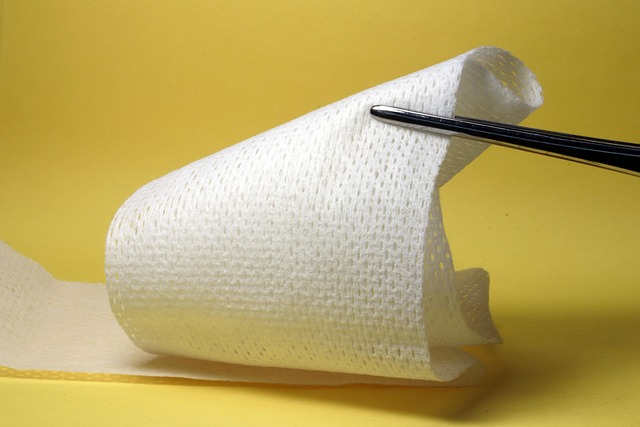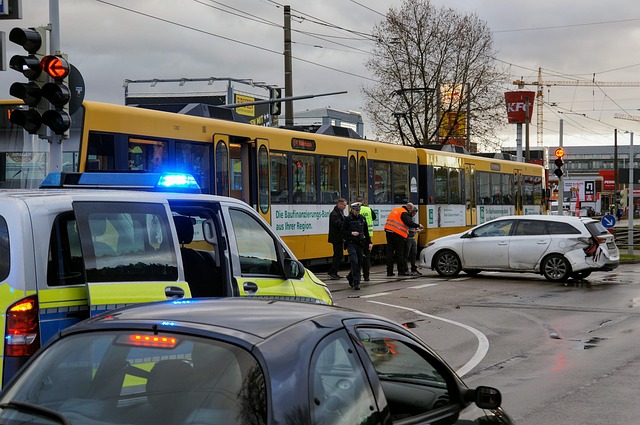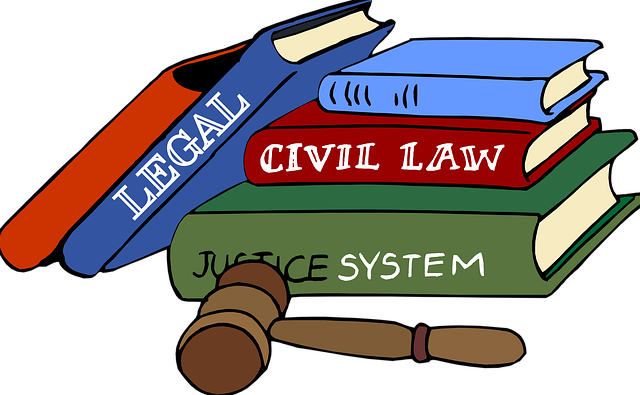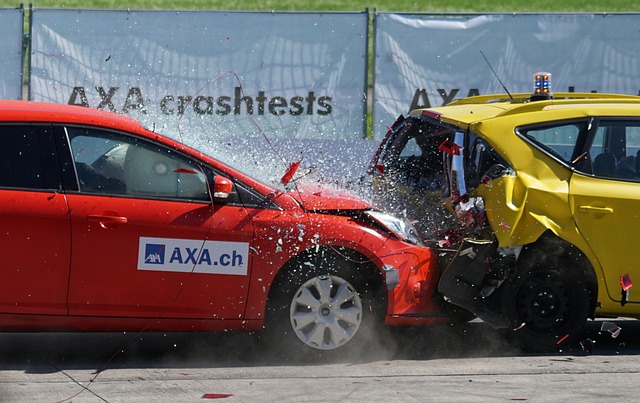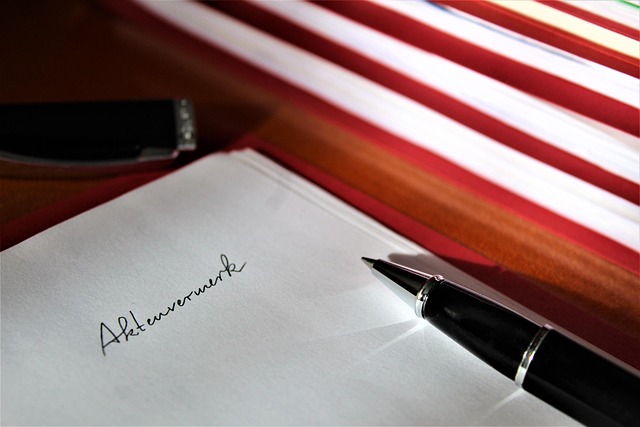Slip and fall negligence is a legal issue where property owners must maintain safe conditions in public spaces. It involves preventing foreseeable hazards like slick floors or uneven pavement, which can cause severe injuries. Establishing knowledge of these hazards is critical in insurance disputes and claims. Property owners need to proactively identify and mitigate risks through visual inspections and understanding root causes. In court, plaintiffs must demonstrate the presence of a dangerous condition creating an unreasonable risk of harm. Evidence includes witness testimonies, photographs, expert opinions, and case law precedents. Demonstrating awareness of hazards through expert testimony, maintenance records, and safety protocols strengthens the plaintiff's argument in slip and fall negligence cases.
In the realm of slip and fall negligence, proving knowledge of hazard is paramount. This article delves into the intricate legal aspects of understanding slip and fall cases from a lawyer’s perspective. We explore the critical element of demonstrating an existing hazard, a key factor in establishing liability. Through strategies tailored for court presentations, we guide professionals on how to effectively showcase knowledge of potential risks, ensuring robust arguments and just outcomes in these complex matters.
- Understanding Slip and Fall Negligence: A Legal Perspective
- The Element of Hazard: Proving Its Existence
- Strategies for Demonstrating Knowledge of Hazard in Court Cases
Understanding Slip and Fall Negligence: A Legal Perspective
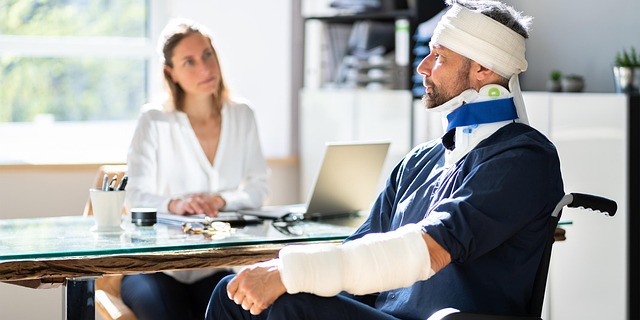
Slip and fall negligence is a significant legal concern, especially in public spaces where property owners have a duty to maintain safe conditions. From a legal perspective, understanding this type of negligence involves recognizing that it stems from a failure to prevent foreseeable hazards. These hazards can range from slick floors to uneven pavement, and their presence can lead to serious slip and fall injuries.
In the context of insurance disputes and property damage claims, establishing knowledge of these hazards is crucial. Property owners and managers must be aware of potential risks and take proactive measures to mitigate them. Failure to do so can result in legal liabilities, as courts often hold owners accountable for maintaining a safe environment. This awareness is not just about visual inspections but also understanding the root causes of common slip-and-fall incidents, enabling more effective prevention strategies.
The Element of Hazard: Proving Its Existence
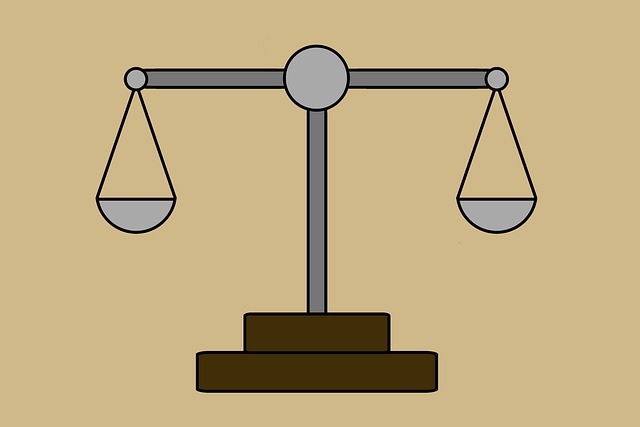
In slip and fall negligence cases, proving the existence of a hazard is a pivotal step. To establish liability, plaintiffs must demonstrate that a dangerous condition or obstacle was present on the property, creating an unreasonable risk of harm to visitors or occupants. This element of hazard can manifest in various forms, from slippery substances on a grocery store floor to poorly maintained handrails on a residential staircase.
To succeed in these cases, individuals should gather evidence and witness testimonies that confirm the presence and nature of the hazard. Homeowner insurance claims, real estate litigation, and even truck accident injuries can all be linked back to the initial slip-and-fall incident if the hazard is proven. The onus lies on the plaintiff to present compelling arguments and physical evidence, such as photographs or expert testimony, to convince a judge or jury that a hazardous condition indeed existed prior to the accident.
Strategies for Demonstrating Knowledge of Hazard in Court Cases
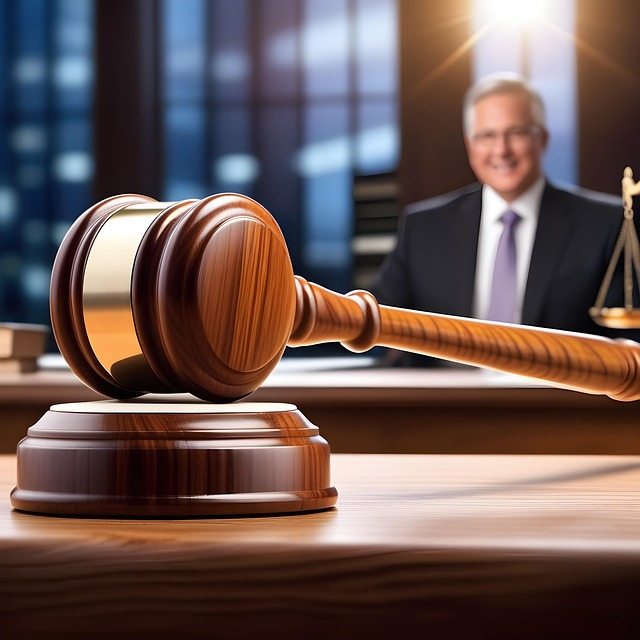
Demonstrating knowledge of hazard is a pivotal aspect in slip and fall negligence cases. One effective strategy involves presenting expert testimony from professionals who can analyze the incident site and provide insights into potential risks. This could include engineers, architects, or safety consultants who have specialized training in identifying and mitigating hazards in various environments. For instance, they might testify about poor lighting, uneven flooring, or the absence of warning signs as contributory factors to the accident.
Additionally, utilizing case law and previous similar instances can reinforce the argument. Lawyers can reference past judgments where knowledge of hazard was successfully proven, offering a compelling precedent for their current case. This approach not only strengthens the plaintiff’s position but also helps the jury or judge understand the legal and practical implications of recognizing and addressing hazards. Furthermore, integrating evidence from maintenance records, safety protocols, or employee training materials can provide a comprehensive view of the defendant’s awareness and response to potential risks, thereby solidifying the case for negligence.
In navigating slip and fall negligence cases, proving knowledge of hazard is a pivotal element. By understanding the legal perspective, demonstrating the existence of hazardous conditions, and employing effective strategies in court, plaintiffs can strengthen their claims. Through these measures, justice can be served, ensuring that premises owners are held accountable for maintaining safe environments to prevent unfortunate incidents. This comprehensive approach to slip and fall negligence cases is essential in safeguarding individuals’ rights and promoting responsible property management.

